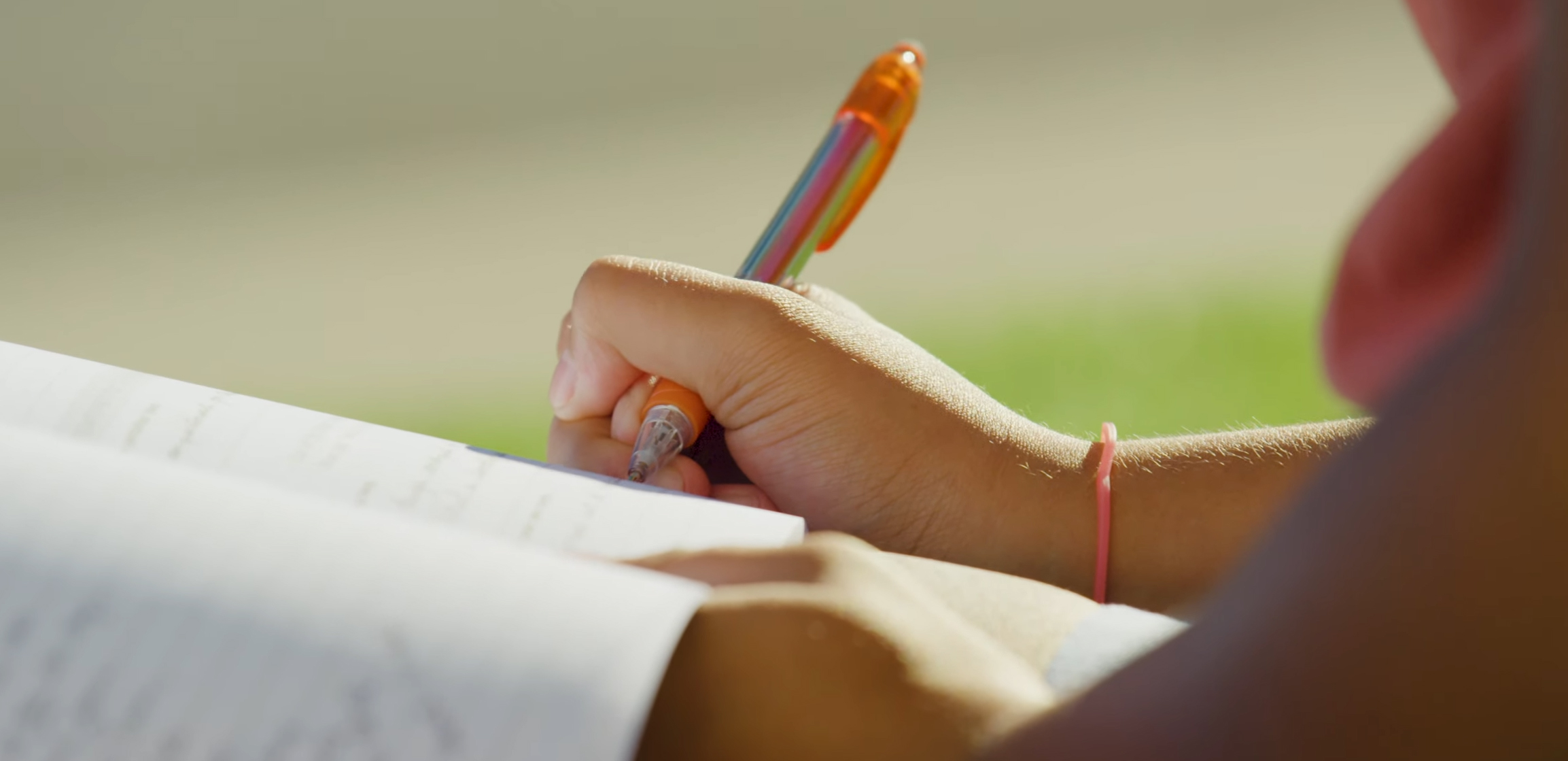
Summer is here! And this is precisely the time to plan for back-to-school.
Enjoy the view!
This can mean different things for different families. Some families may be part of the regular brick and mortar school. This means no longer having to wake up early and rush out of the house. For other families, those who homeschool, summer days may look similar with a few more beach activities or road trips added into the mix. Likely for all, summer means more open-ended time with warmer weather!
What we have noticed in my family, is that there is more downtime, less set-in-concrete plans, more togetherness. Sometimes summer starts out rough with a little restlessness. I’ve learned through all the different seasons with my children, that I’m better with a schedule. I like to know what to count on when. And I like to communicate this plan with my children.
Recently I read a blog post that talked about two things that really hit home:
1) being intentional with those we love, and 2) creating a rhythm of for each day.
So how do we be intentional?
In our family, my children really appreciate time alone with my husband or me. Especially as they get older, they really want time to talk. For my son this usually involves some kind of activity—walking the dog, bike riding, gardening, or doing yoga. For my daughter it’s cuddling up on the couch with a really amazing cup of coffee. For my youngest it’s playing pretend or reading books together. Sometimes it’s enjoying a delicious snack. My husband and I need time too, so we have been taking walks together, watching a show and doing a regular date night with another couple. These are all things I now put on the calendar along with the kid’s regular swim day. And the beauty I’ve discovered is that you can still leave things loose and open-ended while having regular routine.
What about Rhythm of the day?
Take a moment and imagine yourself in yesterday.
What feels easy?
What feels hard?
How could it flow better?
When my kids were little and done napping the hours of 4-6pm were always the hardest. We all felt a little pent up and crazy. This is when I started taking walks. At the time we lived right next to a small zoo we could walk too. We would get there right before 4pm, when they stopped letting people in. We would walk around the zoo the last hour it was open, and it was when the animals were the most active. We would walk slowly and watch all the animals come alive.
As the kids got older this rhythm changed. We no longer had that pent up feeling, but we did have a window when we all needed quiet time. Our 4-6pm moved to 3-5pm. I always hit a tired slump at 3pm, I had the same slump when I was working full time. I saw it in my kids too. I started mom’s reading corner during this time. It’s a corner in our living room that my favorite part of the house. I sit in a cozy corner of the couch, soft pillows and a knitted blanket. My favorite art is on the wall, my bookcase straight ahead. Next to the bookcase are a wall of glass windows and doors. I see outside to our beautiful backyard see the fruit trees and I can hear the birds that started a nest there. I just started siting there one day. We have moved over the years, but it has always been a consistent comer, my view just changed. My kids at first didn’t know what I was doing and would come asking me for help or for an activity. I would gently set my book down and say, “This is my quiet reading time.” It took time and consistency but my children started finding their own quiet reading spots. My son Liam would be in his big wide chair in the corner of his room. My son Grady would be on his bean bags talking out a story as he looked at pictures and watching his hands become characters. My beautiful Ella would be cozy in her bed. Sometimes they would join me on the couch and we would cozy up in my corner. This rhythm worked for us and still does on our long summer days. We can hit the ground running and know that we have a place and time to rest. And when we miss it, it becomes even more special. My corner hasn’t changed but my stack of book has, and the pile has grown. I often start one to three books at a time, my minds retreat.
The third and last tip, I gleaned, was running the “I’m bored” experiment. I would hear this a lot from my children, especially over the summer when things felt slower. I never knew what to do when I heard this. I didn’t want to preach. I had often heard growing up “Bored people are boring people”. I didn’t believe this was accurate. I didn’t want to create a list of activities, that all would be shot down! I did want them to be heard and I did want them to find something they could be wildly creative with! So here is the suggestion, just listen, acknowledge and walk away. It might be something like this, “I’m bored”. You respond, “Oh, I hear you”, then excuse yourself to the bathroom or to get a glass of water or make a quick call. Give them time to sit in their boredom and see what it leads too. You might be surprised and so might they!
We live in a society that is always running, always busy. The more activity the better! We become human doers, not creators. Sitting still with ourselves helps us to really feel, to become in tune with ourselves and others, and to create beauty. That quietness might feel like boredom at first to those of us on the go, but maybe it’s really peace. I think that’s a good place to be. I hope your summer is filled with connection, rhythm, rest, play, adventure and most of all peace!!
~Clare Bonn




 It’s never too early to think Back-to-School.
It’s never too early to think Back-to-School.










